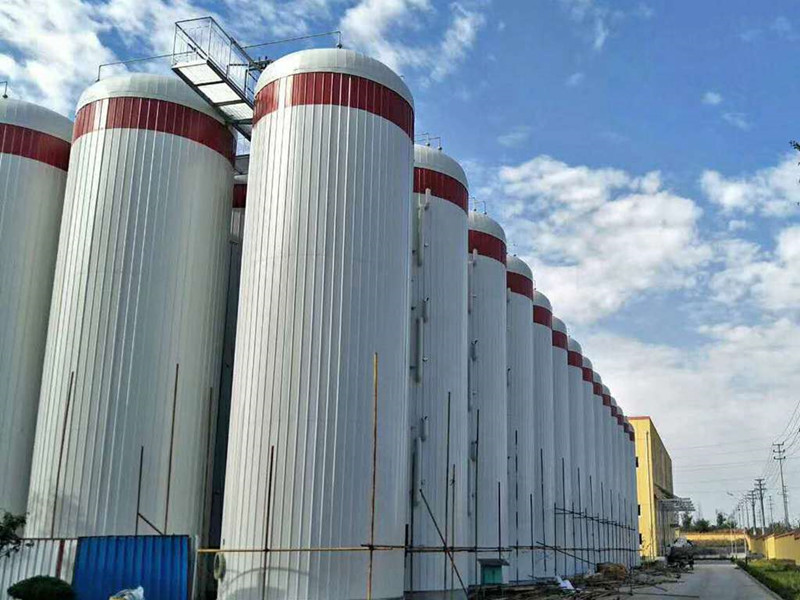
-
 Afrikaans
Afrikaans -
 Albanian
Albanian -
 Amharic
Amharic -
 Arabic
Arabic -
 Armenian
Armenian -
 Azerbaijani
Azerbaijani -
 Basque
Basque -
 Belarusian
Belarusian -
 Bengali
Bengali -
 Bosnian
Bosnian -
 Bulgarian
Bulgarian -
 Catalan
Catalan -
 Cebuano
Cebuano -
 China
China -
 China (Taiwan)
China (Taiwan) -
 Corsican
Corsican -
 Croatian
Croatian -
 Czech
Czech -
 Danish
Danish -
 Dutch
Dutch -
 English
English -
 Esperanto
Esperanto -
 Estonian
Estonian -
 Finnish
Finnish -
 French
French -
 Frisian
Frisian -
 Galician
Galician -
 Georgian
Georgian -
 German
German -
 Greek
Greek -
 Gujarati
Gujarati -
 Haitian Creole
Haitian Creole -
 hausa
hausa -
 hawaiian
hawaiian -
 Hebrew
Hebrew -
 Hindi
Hindi -
 Miao
Miao -
 Hungarian
Hungarian -
 Icelandic
Icelandic -
 igbo
igbo -
 Indonesian
Indonesian -
 irish
irish -
 Italian
Italian -
 Japanese
Japanese -
 Javanese
Javanese -
 Kannada
Kannada -
 kazakh
kazakh -
 Khmer
Khmer -
 Rwandese
Rwandese -
 Korean
Korean -
 Kurdish
Kurdish -
 Kyrgyz
Kyrgyz -
 Lao
Lao -
 Latin
Latin -
 Latvian
Latvian -
 Lithuanian
Lithuanian -
 Luxembourgish
Luxembourgish -
 Macedonian
Macedonian -
 Malgashi
Malgashi -
 Malay
Malay -
 Malayalam
Malayalam -
 Maltese
Maltese -
 Maori
Maori -
 Marathi
Marathi -
 Mongolian
Mongolian -
 Myanmar
Myanmar -
 Nepali
Nepali -
 Norwegian
Norwegian -
 Norwegian
Norwegian -
 Occitan
Occitan -
 Pashto
Pashto -
 Persian
Persian -
 Polish
Polish -
 Portuguese
Portuguese -
 Punjabi
Punjabi -
 Romanian
Romanian -
 Russian
Russian -
 Samoan
Samoan -
 Scottish Gaelic
Scottish Gaelic -
 Serbian
Serbian -
 Sesotho
Sesotho -
 Shona
Shona -
 Sindhi
Sindhi -
 Sinhala
Sinhala -
 Slovak
Slovak -
 Slovenian
Slovenian -
 Somali
Somali -
 Spanish
Spanish -
 Sundanese
Sundanese -
 Swahili
Swahili -
 Swedish
Swedish -
 Tagalog
Tagalog -
 Tajik
Tajik -
 Tamil
Tamil -
 Tatar
Tatar -
 Telugu
Telugu -
 Thai
Thai -
 Turkish
Turkish -
 Turkmen
Turkmen -
 Ukrainian
Ukrainian -
 Urdu
Urdu -
 Uighur
Uighur -
 Uzbek
Uzbek -
 Vietnamese
Vietnamese -
 Welsh
Welsh -
 Bantu
Bantu -
 Yiddish
Yiddish -
 Yoruba
Yoruba -
 Zulu
Zulu
drilling into limestone formations for exploration and ...
Exploring the Depths Drilling into Limestone Formations for Natural Resource Exploration
Limestone formations, characterized by their sedimentary rock composition primarily consisting of calcium carbonate, are not only significant for their geological features but also for the wealth of natural resources they may harbor. The practice of drilling into limestone formations has gained traction in various industries, including oil and gas, mineral extraction, and geothermal energy exploration. This article delves into the methodologies and implications of drilling into these formations, highlighting both the opportunities and challenges involved.
Understanding Limestone Formations
Limestone is formed from the accumulation of marine organisms and can be found in various geological settings. It typically contains fossils, which provide valuable insights into the Earth's historical climate and environment. The porous nature of limestone allows for the storage of hydrocarbons, making it an attractive target for oil and gas exploration. Additionally, limestone can host fresh groundwater aquifers, essential for supporting life in arid regions.
Drilling Techniques
Several drilling techniques are employed when targeting limestone formations. Traditional rotary drilling is one of the most common methods, utilizing a rotating drill bit that can penetrate hard rock. Advanced technologies, such as horizontal drilling and hydraulic fracturing, have revolutionized the extraction process. Horizontal drilling allows for greater access to the reservoir while minimizing surface disruption, and hydraulic fracturing, or fracking, enhances permeability by creating fractures in the rock, facilitating the flow of hydrocarbons.
Before drilling commences, it is crucial to conduct geological surveys to assess the composition and depth of the limestone strata. Techniques such as seismic surveys and core sampling provide essential data to inform drilling operations. Understanding the geological characteristics not only aids in optimizing drilling strategies but also helps in identifying potential environmental risks.
Environmental Considerations
drilling into limestone formations for exploration and ...

While drilling into limestone formations presents significant opportunities for resource extraction, it also raises environmental concerns. Limestone plays a crucial role in natural carbon cycling, and large-scale drilling operations can interfere with this balance. Fracking, in particular, has sparked debates regarding water contamination, induced seismicity, and the long-term effects on local ecosystems.
To mitigate these risks, regulatory frameworks have been established in many regions, requiring comprehensive environmental assessments before drilling permits are granted. Additionally, best practices are developed to minimize the environmental footprint of drilling operations. Techniques such as water recycling and the use of non-toxic additives in fracking fluid are increasingly implemented.
Economic Implications
The economic impact of drilling into limestone formations can be substantial. Successful exploration can lead to the discovery of new reserves, which not only contributes to national energy security but also creates job opportunities in drilling and related sectors. Furthermore, the extraction of industrial minerals, such as limestone for construction, can bolster local economies.
However, the economic viability of drilling operations is often contingent on global market prices for oil and gas, which can be volatile. Companies must weigh the potential benefits against the financial risks associated with exploration and extraction.
Conclusion
Drilling into limestone formations represents a complex interplay of geological knowledge, technological innovation, and environmental stewardship. As industries continue to seek new sources of energy and minerals, the exploration of limestone will likely expand. However, it is imperative that stakeholders prioritize sustainable practices to ensure that the benefits of resource extraction do not come at the expense of ecological integrity. Balancing economic growth with environmental responsibilities will be critical as we continue to explore the depths of our planet’s resources.









